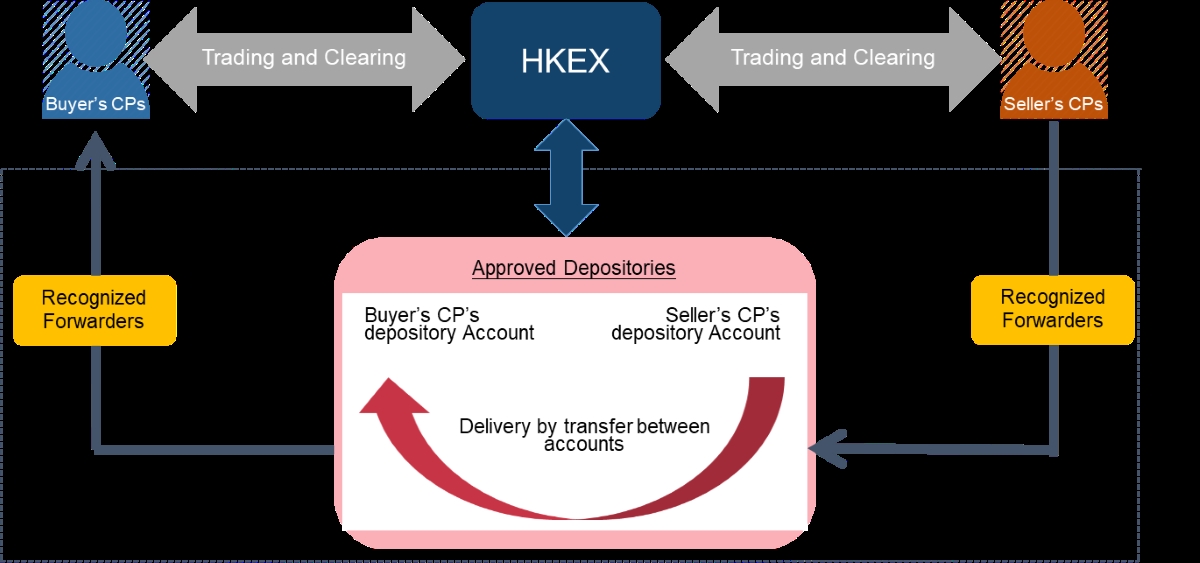Home>Finance>Transparency: Definition, How It Works In Finance, And Example


Finance
Transparency: Definition, How It Works In Finance, And Example
Published: February 10, 2024
Discover the meaning and implementation of transparency in finance, along with a compelling example. Enhance your understanding of finance and its core principles.
(Many of the links in this article redirect to a specific reviewed product. Your purchase of these products through affiliate links helps to generate commission for LiveWell, at no extra cost. Learn more)
Welcome to the Finance Category: Understanding Transparency in the Financial World
Are you interested in learning more about finance and how it impacts our lives? Look no further! In this blog post, we will dive into the topic of transparency in the financial world. Transparency plays a crucial role in ensuring the stability and fairness of our financial systems. So, let’s explore what transparency means, how it works in finance, and provide you with a real-life example.
Key Takeaways:
- Transparency is a concept that promotes openness, clarity, and accountability.
- Transparency is vital in finance to build trust, enhance decision-making, and prevent fraudulent activities.
What is Transparency?
Think of transparency as a window into the inner workings of any financial institution or organization. It is a concept that promotes openness, clarity, and accountability. It allows individuals, businesses, and regulators to have a clear understanding of how financial systems operate and whether they align with ethical and legal standards. Transparency acts as a safeguard, ensuring that hidden agendas, conflicts of interest, and fraudulent activities are kept at bay.
In the finance world, transparency refers to the disclosure of relevant financial information, processes, and decision-making mechanisms. This includes providing accurate and timely financial statements, reports, and other disclosures that allow stakeholders to assess the financial health and performance of an organization. By being transparent, financial institutions build trust, boost investor confidence, and foster a healthy and stable financial environment.
How Does Transparency Work in Finance?
Transparency in finance works through various mechanisms and practices that enable stakeholders to access vital information and understand the financial landscape. Here are a few ways transparency is applied within the financial industry:
- Financial Reporting: Companies are required to prepare and share accurate financial statements and reports, detailing their financial performance, revenue, expenditures, and other relevant information. These reports are often made available to the public, investors, and regulators, ensuring transparency in financial operations.
- Regulatory Oversight: Governments and regulatory bodies play a crucial role in ensuring transparency within the financial sector. They establish and enforce rules, regulations, and reporting standards that financial institutions must comply with. This oversight helps uncover any irregularities, unethical practices, or attempts to deceive stakeholders.
- Disclosure Requirements: Various jurisdictions mandate financial institutions to disclose essential information related to their operations, risks, and governance. This includes disclosing executive compensation, potential risks, conflicts of interest, and any past or ongoing legal disputes. These disclosures enable stakeholders to make informed decisions and hold financial institutions accountable.
- Publicly Available Information: Many financial institutions choose to be transparent by making information readily available to the public. This includes publishing financial reports, annual reports, and other relevant data on their websites or on financial databases. This practice allows stakeholders to access information easily and foster transparency within the finance industry.
A Real-Life Example of Transparency in Finance
One of the most prominent examples of transparency in finance is the Sarbanes-Oxley Act (SOX) enacted in the United States in 2002. This act was implemented in response to accounting scandals such as Enron and WorldCom, which resulted in significant financial losses and the collapse of these companies. SOX imposed stringent regulations on financial reporting, internal controls, and corporate governance to enhance transparency and protect investors.
Under SOX, publicly traded companies are required to establish robust internal controls, perform regular audits, and disclose any material changes or risks that may impact their financial performance. By implementing these measures, SOX aims to ensure transparency in financial reporting, improving the reliability and accuracy of financial statements.
Conclusion
Transparency is a vital aspect of finance that promotes openness, accountability, and trust within the financial industry. By being transparent, financial institutions not only build confidence among stakeholders but also contribute to the stability and integrity of the overall financial system. Through mechanisms such as financial reporting, regulatory oversight, disclosure requirements, and publicly available information, transparency ensures that everyone has access to accurate and relevant financial information. So, let’s embrace transparency and strive for a more transparent financial world!




